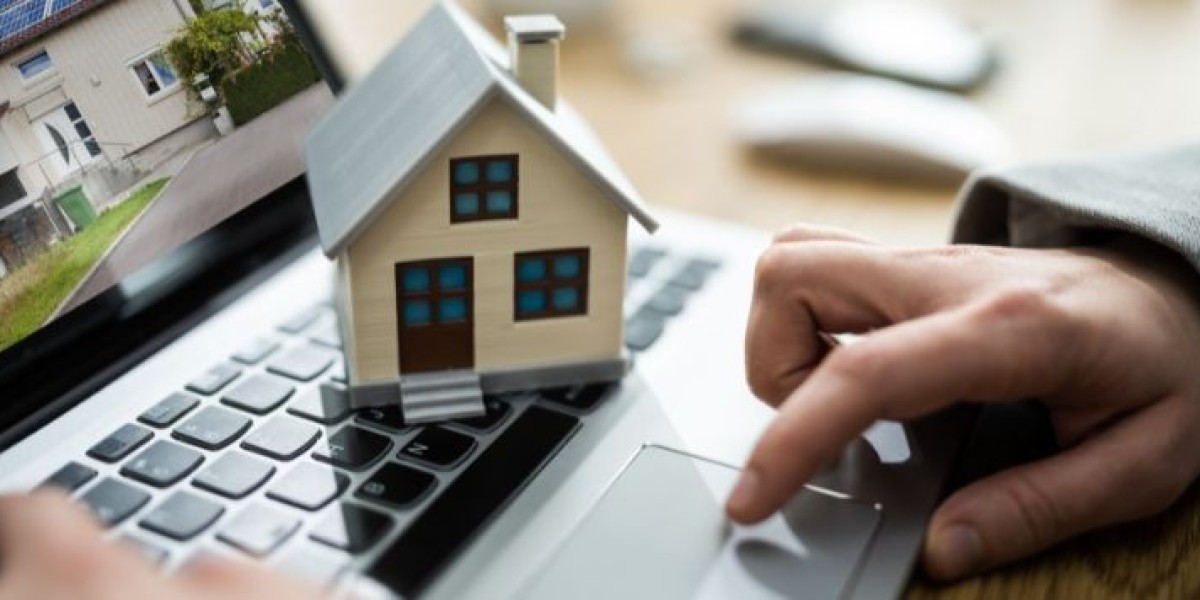Step 1: Assess Your Financial Situation
Before you start looking at properties, get a clear picture of your finances.
Calculate your savings: Consider how much you can pay as a down payment.
Check your credit score: A higher score means better loan offers.
Understand your monthly budget: Know what EMI you can afford.
Step 2: Get Pre-Approved for a Home Loan
A pre-approved loan gives you an estimate of how much you can borrow and makes you a serious buyer in the eyes of sellers.
Approach multiple banks or NBFCs.
Submit documents like income proof, ID, address proof, and bank statements.
Choose the best interest rate and loan tenure.
Step 3: Decide What You Want in a Home
Make a checklist of your home needs:
Location: Is it near your workplace, school, or hospital?
Type: Apartment, villa, plot, or independent house?
Size: Number of bedrooms, bathrooms, and total area.
Amenities: Parking, lifts, security, power backup, etc.
Step 4: Start House Hunting
Now the fun begins! You can:
Search online on property portals.
Visit real estate agents in your preferred locality.
Attend open houses or site visits to explore options in person.
Step 5: Verify the Property Legally
Before making any offer, verify all legal aspects:
Title deed: Confirms ownership.
Encumbrance certificate: Ensures the property is not under debt.
Approved plans: Make sure the layout is approved by local authorities.
RERA registration: Check if the builder/project is registered under RERA.
Step 6: Make an Offer and Negotiate
Once you've found the right property:
Discuss the price with the seller or builder.
Negotiate on cost, payment terms, and additional charges.
Finalize the offer in writing.
Step 7: Pay the Booking Amount
Once you agree on the price:
Pay the booking amount (usually 5-10% of the price).
Collect the booking receipt and allotment letter.
This confirms your intent to purchase.
Step 8: Apply for a Home Loan (Final Approval)
If you’ve already been pre-approved, submit the property documents to the bank for final loan approval.
Bank will conduct legal and technical verification.
Upon approval, the loan will be sanctioned, and the disbursal will be scheduled.
Step 9: Agreement to Sell and Sale Deed
After the loan is approved and initial payment is done:
Agreement to Sell: Signed between buyer and seller with terms and conditions.
Sale Deed Registration: After full payment, register the property at the local sub-registrar’s office. Pay stamp duty and registration charges.
Step 10: Take Possession and Move In
After registration, collect keys and possession letter from the builder/seller.
Check water, electricity, and other utilities.
Transfer property tax records and housing society membership.
Conclusion
Buying your first home may seem complex, but breaking it down into clear steps can make the journey smooth and stress-free. From assessing your finances to finally getting the keys, each stage requires careful planning and informed decisions. With patience, research, and the right guidance, your dream home is well within reach.
Important Links
New Launch Condos in Singapore: What to Know Before You Book a Unit
Singapore Real Estate Taxation Explained for First-Time Buyers
Understanding Leasehold vs Freehold Properties in Singapore Real Estate
How to Choose the Right Property Agent for Buying Real Estate in Singapore
Discover the Elegance of Living at Thomson View Condo
Thomson View En Bloc Condo Showflat
Should I Rent or Buy a Home in 2025? The Ultimate Decision Guide
Real Estate Investment Tips for Beginners: Your Complete Guide to Property Success
Is Buying a Condo in Singapore Worth It in 2025?
What is the Downpayment for a Condo in Singapore?








